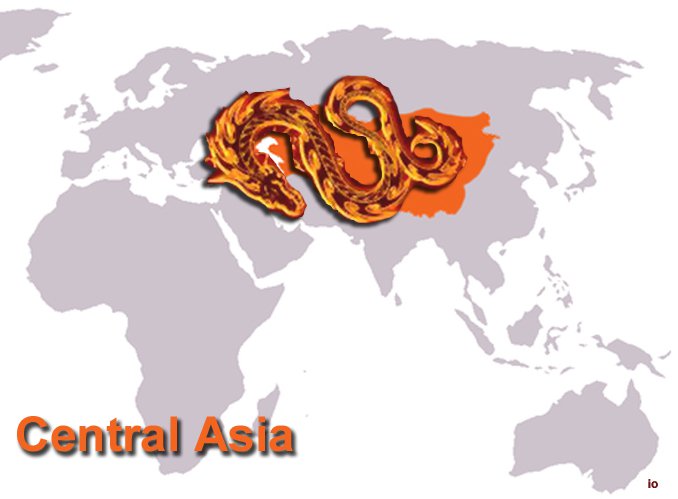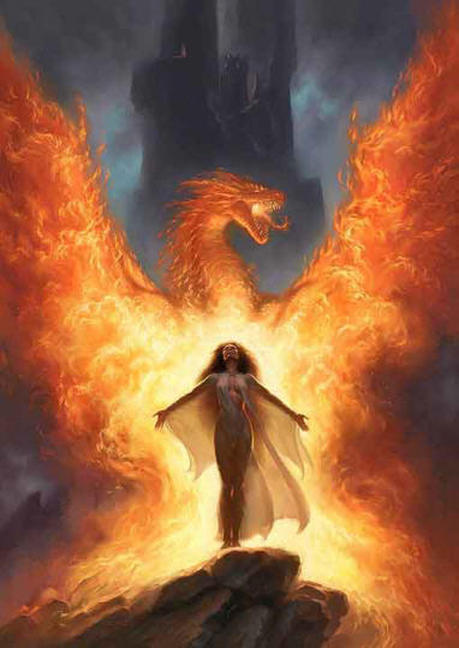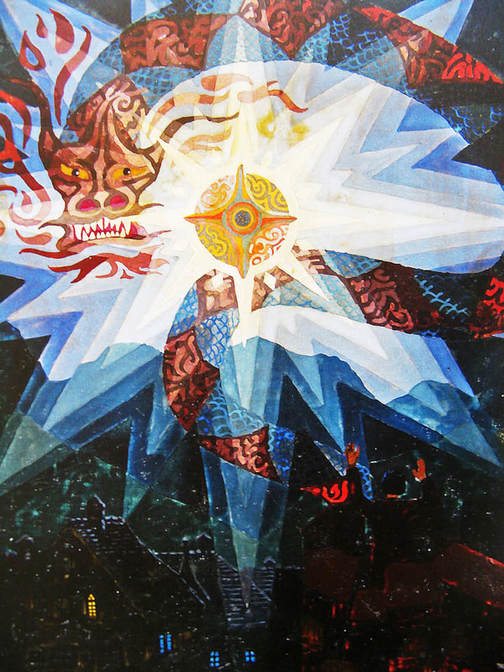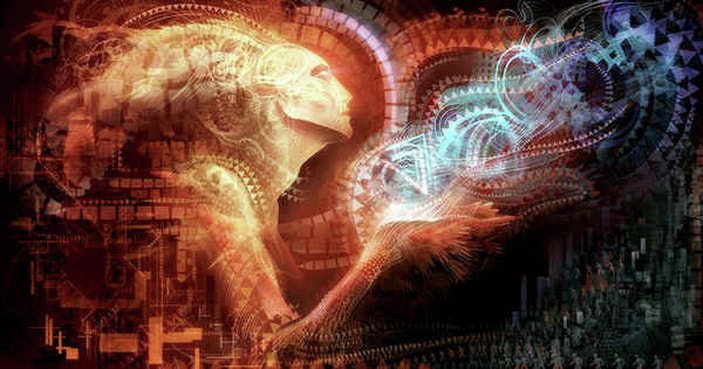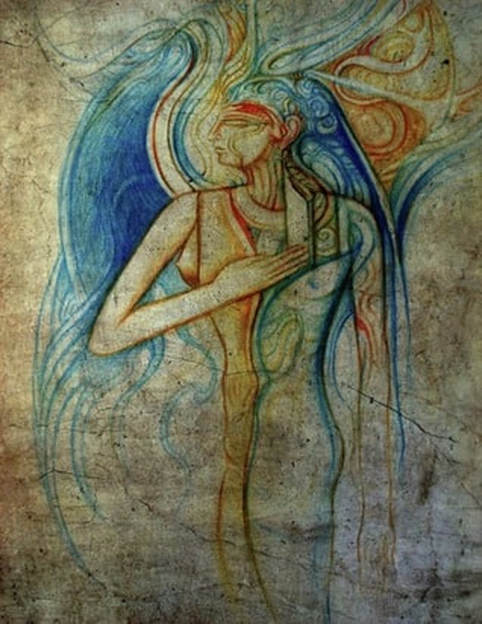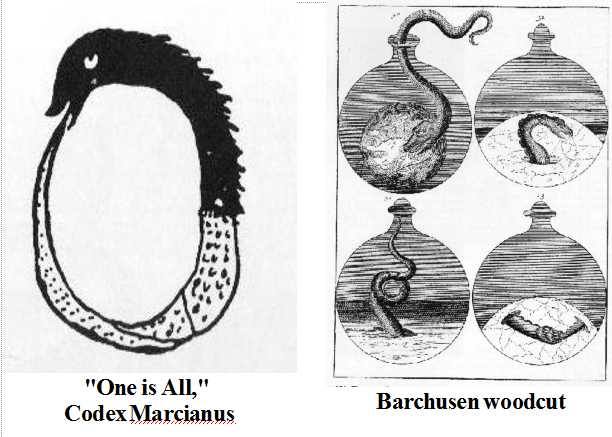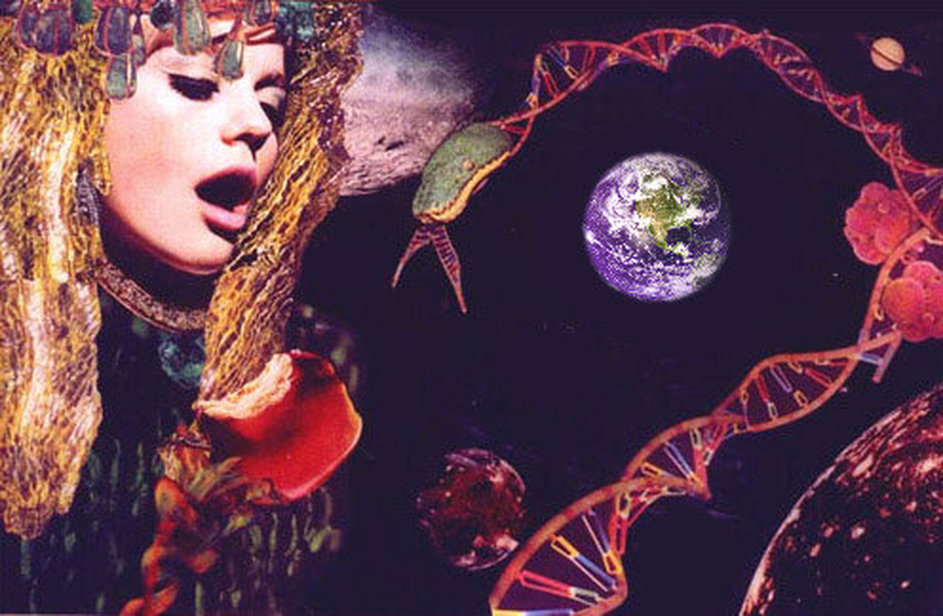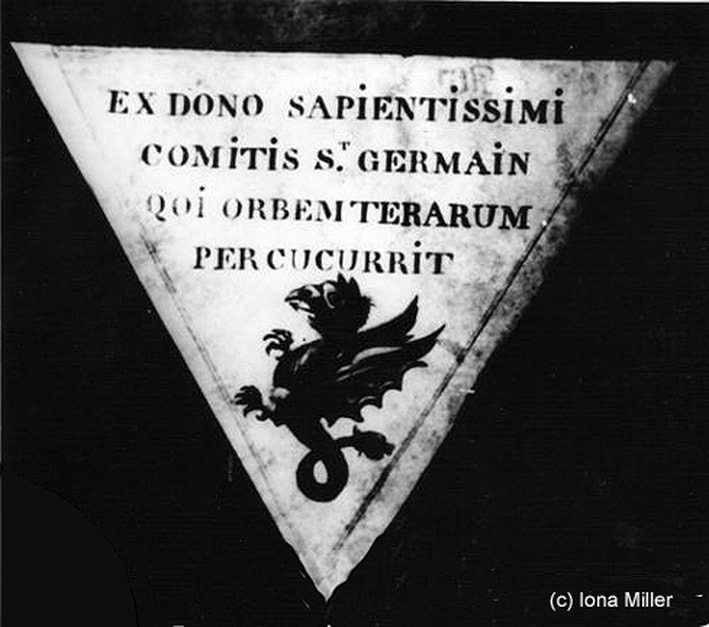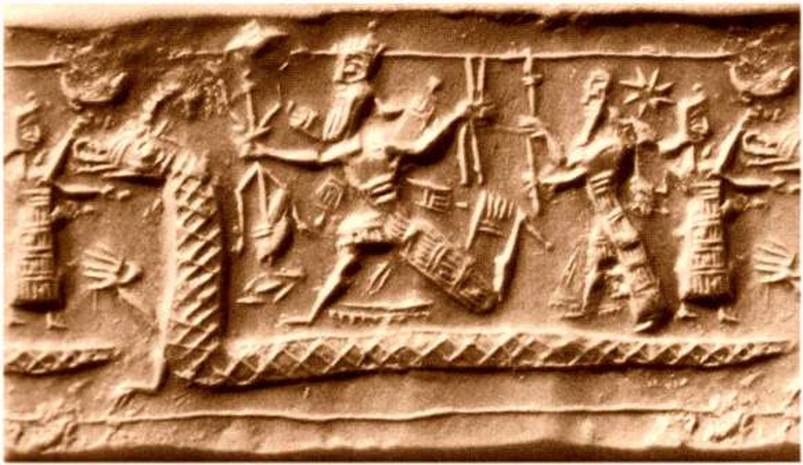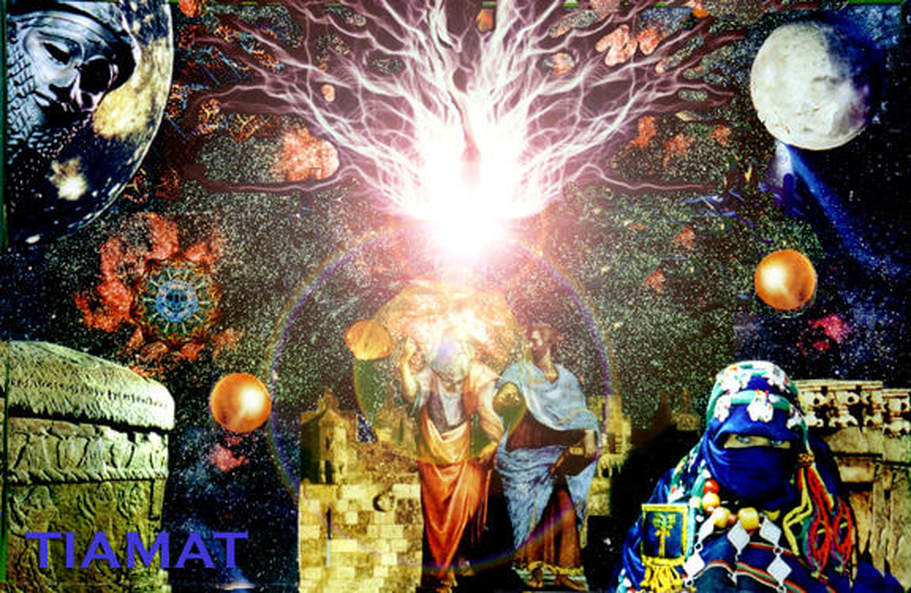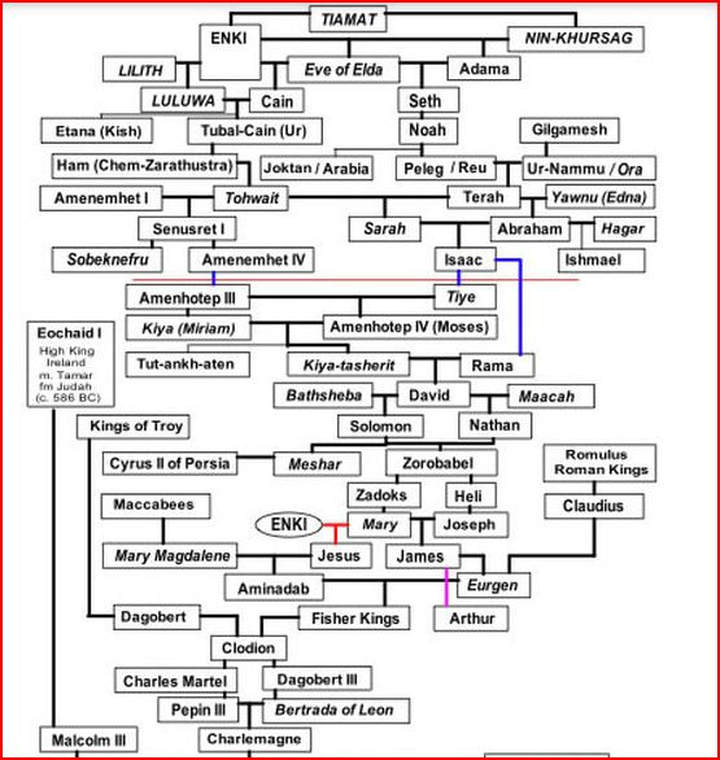The dragon is probably the oldest pictorial symbol in alchemy of which we have documentary evidence. It appears as the tail-eater, in the Codex Marcianus, which dates back from the tenth or eleventh century. . . . Time and again the alchemists reiterate that the opus proceeds from the one and leads back to the one . . . like a dragon biting its own tail.
--C. G. Jung.
--C. G. Jung.
